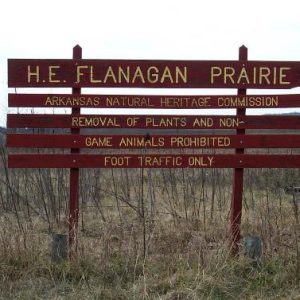 H. E. Flanagan Prairie Natural Area
H. E. Flanagan Prairie Natural Area
Entry Category: Environment - Starting with H
 H. E. Flanagan Prairie Natural Area
H. E. Flanagan Prairie Natural Area
Hancock, Archibald Rex, Jr.
 Hardison Center
Hardison Center
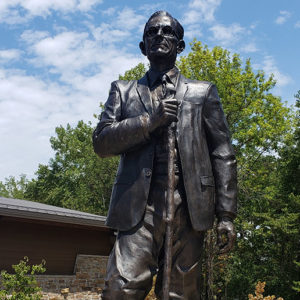 Hardison Statue
Hardison Statue
Hardison, T. W.
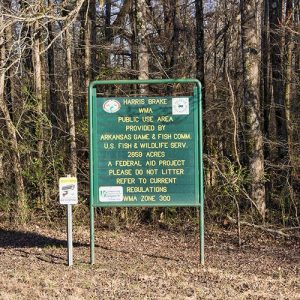 Harris Brake WMA
Harris Brake WMA
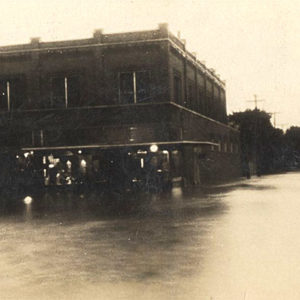 Harrison Flood
Harrison Flood
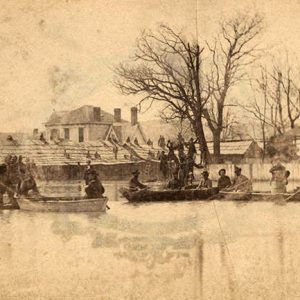 Helena Flood
Helena Flood
 Hell Creek Natural Area
Hell Creek Natural Area
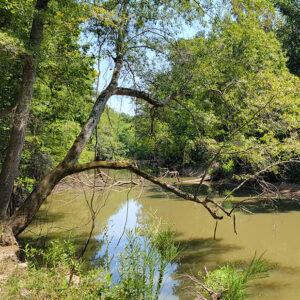 Henry Gray/Hurricane Lake WMA
Henry Gray/Hurricane Lake WMA
Hill, Julia Lorraine “Butterfly”
Hobbs State Park-Conservation Area
 Hobbs State Park-Conservation Area: Park Location
Hobbs State Park-Conservation Area: Park Location
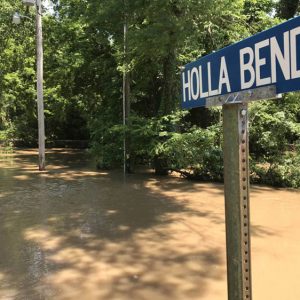 Holla Bend Flooding
Holla Bend Flooding
Holla Bend National Wildlife Refuge
 Holland Bottoms Willow Oak Forest Preserve
Holland Bottoms Willow Oak Forest Preserve
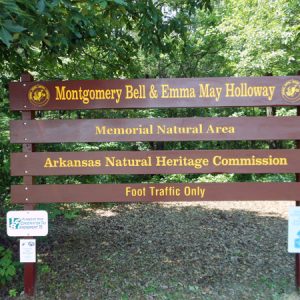 Holloway Memorial Natural Area
Holloway Memorial Natural Area
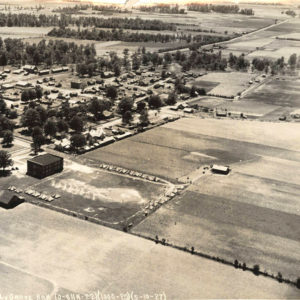 Holly Grove Refugees
Holly Grove Refugees
 Horse Rescue
Horse Rescue
 Huckabee Delta Rivers Nature Center
Huckabee Delta Rivers Nature Center
 Hughes Flood
Hughes Flood
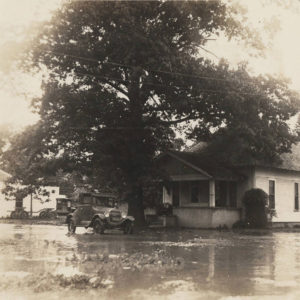 Humphrey Flood
Humphrey Flood




